10 ways in which 5G could transform the environment
In this post we take a look at some of the most transformative environmental technology that 5G will help to deliver.
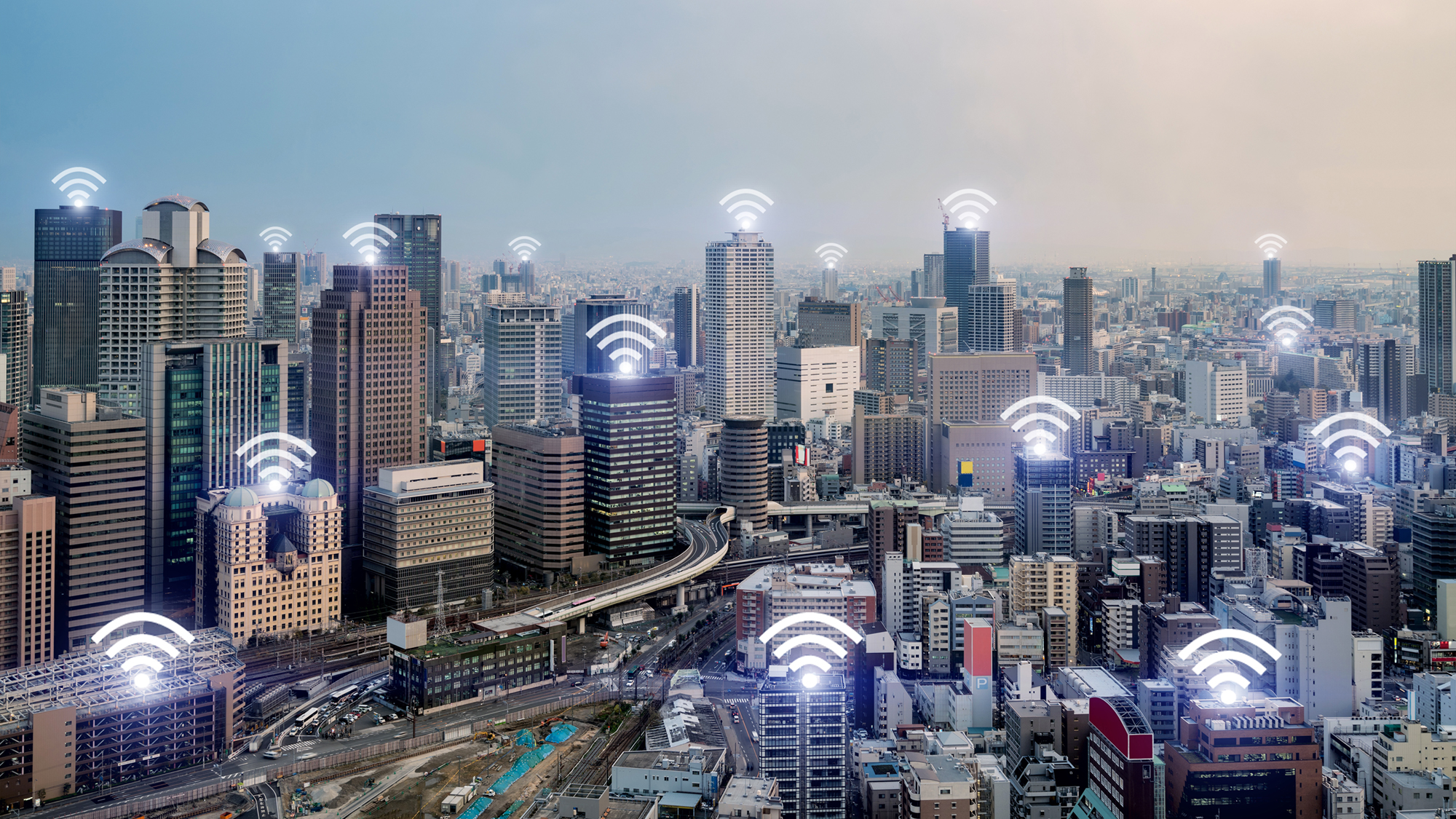
5G technology enables any connected power-using device to sense and respond intelligently to demand or other changes, this has profound implications for energy use.
As such energy used by manufacturing, agriculture, public transport, public services and ICT networks themselves can be significantly reduced. Similarly, a responsive grid will provide energy as and when it’s needed, and 5G-equipped householders will be able to manage their own energy use, thereby reducing resources used.
In this post we'll take a look at some of the most transformative environmental technology that 5G will help to deliver. From smarter vehicles, to improved air quality, to more efficient energy consumption, 5G will make a significant contribution to improving our environment.
1. Smart grid
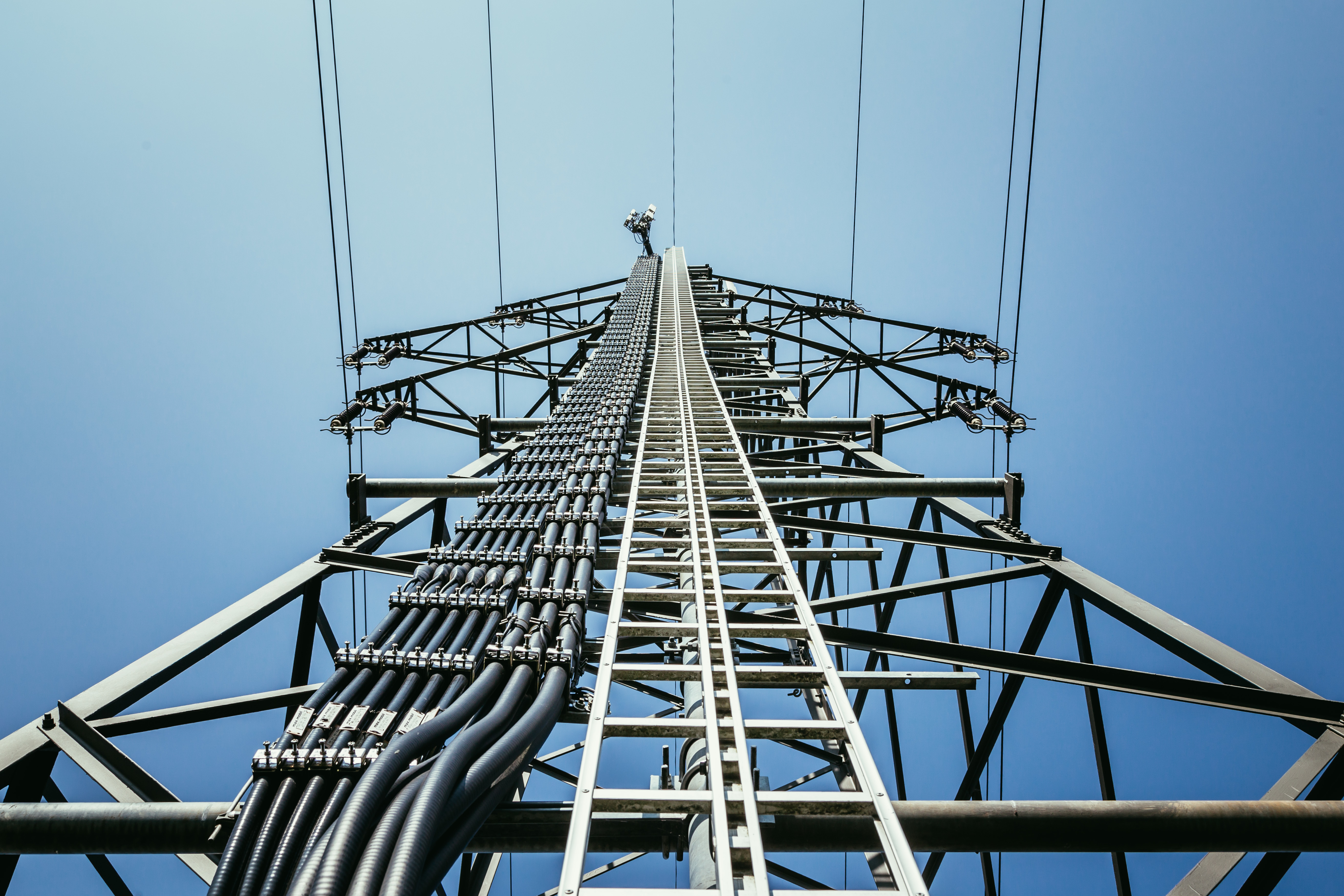
The UK’s smart grids already use metering, communications and control technologies to manage energy use, but 5G will take management of resources to a different level. IoT-connected devices (in smart cars, households, buildings and stadiums, for example) will rapidly alert their local grid to spikes in demand and it will be able to respond dynamically. IoT devices will sleep when not in use, again considerably reducing energy demand. In fact, a recent O2 report argued that this could result in a 12% reduction in household energy use, the equivalent of 6.4m metric tonnes of CO2. Use of renewable energy sources such as wind and solar is increasing but can be intermittent in their consistency, 5G will enable better management of these resources to balance generation and consumption.
2. Smart cities
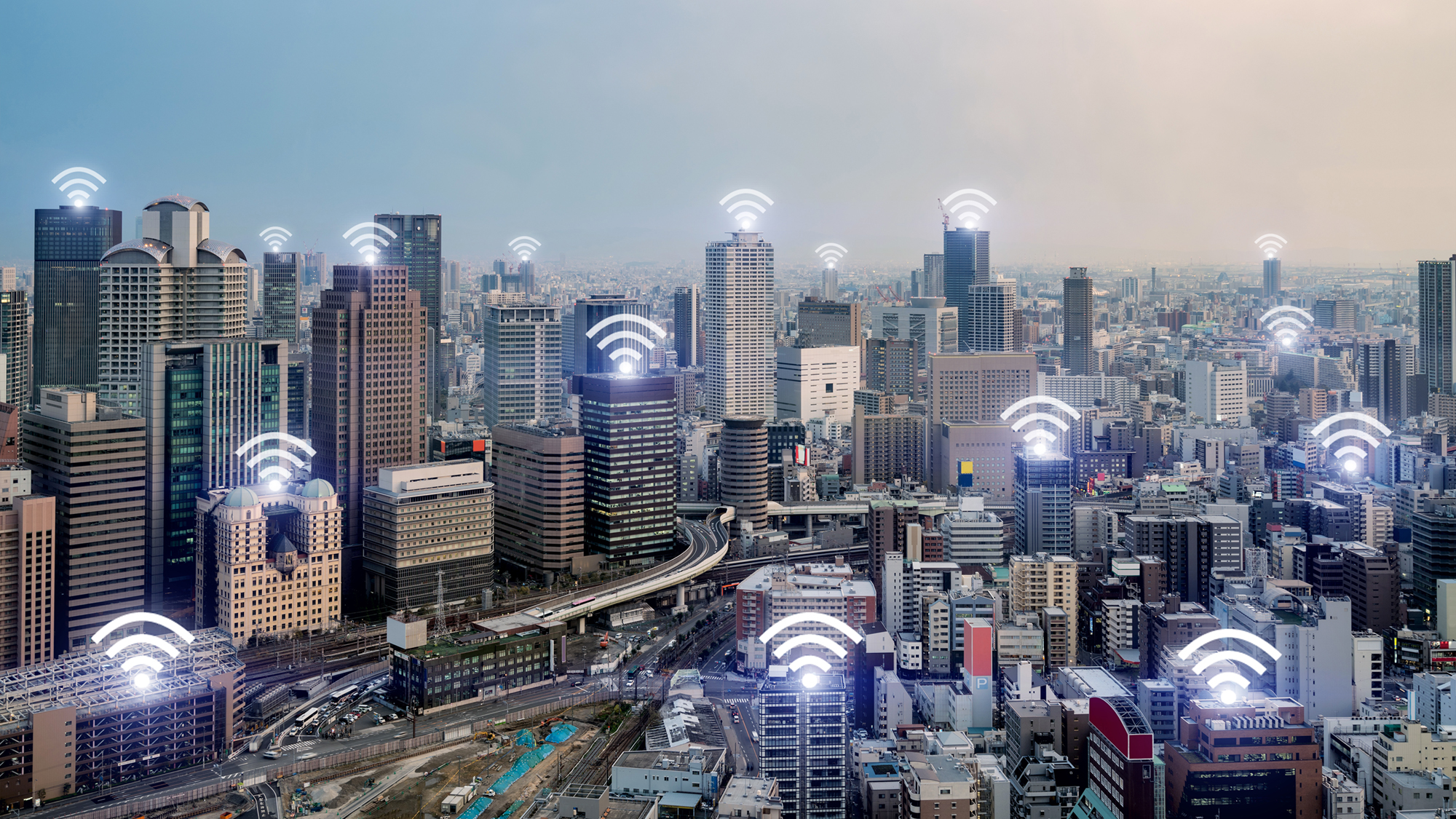
Smart cities aim to address many problems affecting urban environments, and the environmental impact of urban living is one of these. Sensors connected to electric vehicles, traffic lights, smart meters, bins, urban gardens and more will send information back to planners who can engineer their cities to use less power and reduce carbon emissions. Devices and sensors in roads, cars, street lighting, households, buildings and more can provide data that will enable local government making use of AI systems to adjust energy expenditure. Smart energy policies could be implemented across a city to reduce energy use, and monitor and manage air quality, as well as track electricity, water and waste. According to a McKinsey report, by 2025 smart cities will have reduced greenhouse gas emissions by between 10-15% and saved between 25-80 litres of water per person per day.
3. Smart street lighting
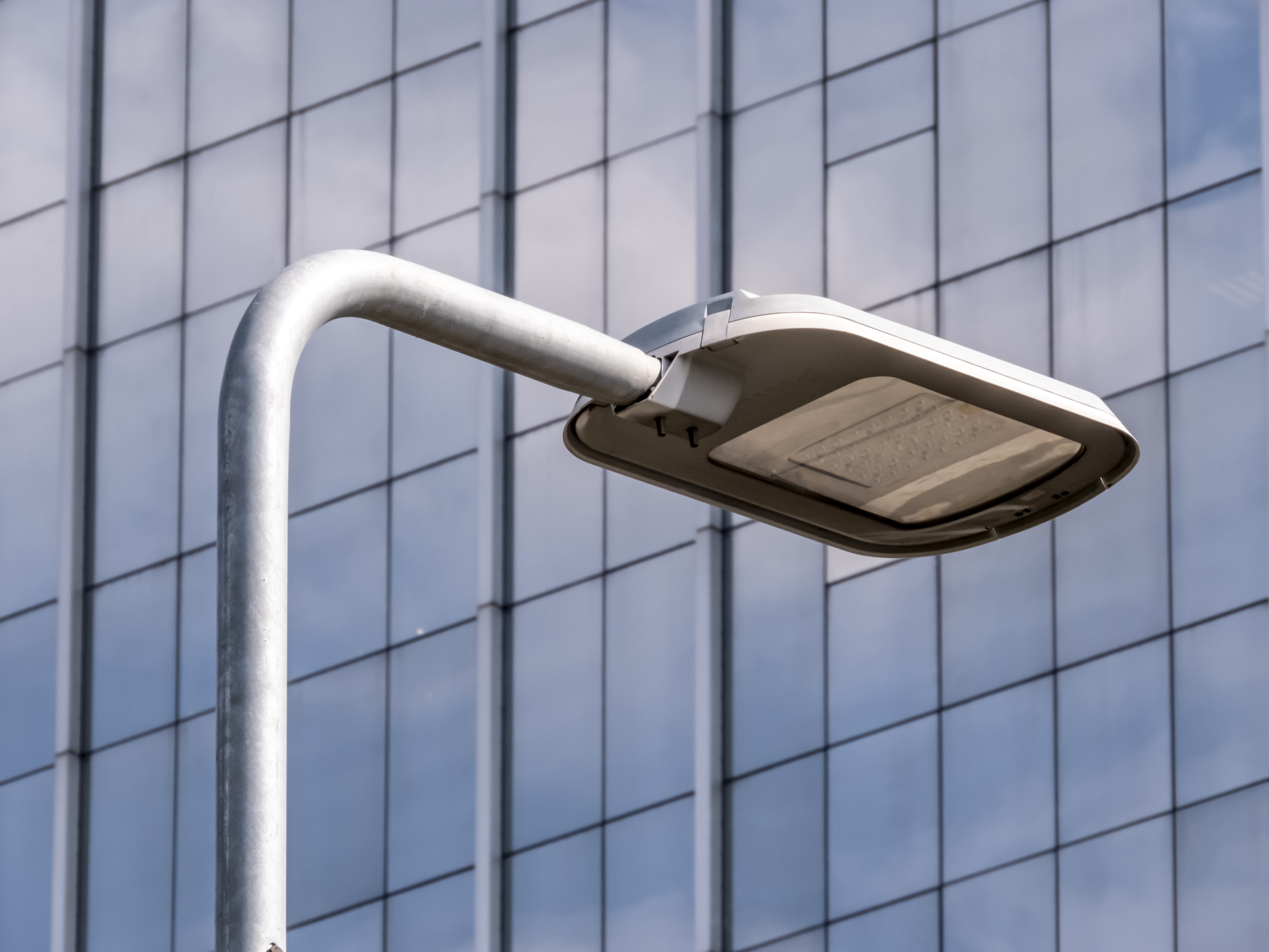
Connected street lighting, a key element of any smart city, can help the environment in several important ways. The most obvious being that combined with big data, requirements can be analysed ensuring that lights are on only when residents or traffic require them to be. Similarly, street lights will communicate with one to ensure a passer-by’s passage is brightened, and that they are always surrounded by circle of light (but will turn off once the passer by has moved on). A 2018 O2 report found that 5G sensors and wireless technology could save the average city £1.3m in electricity bills through the adoption of smart LED street lighting. Street lamps can also be fixed with sensors to monitor air pollution or temperature.
4. Water management

Pipe leaks and other water breaks mean a tremendous amount of water is wasted globally, in fact, a 2019 report from American research group, Brookings, estimated that water loss from burst pipes, leaks and water theft accounted for up to 50% of the total global supply or 75% in emerging markets. IoT connected sensors in pipes or above ground will alert councils to damage to the pipes or leaks before too much water is lost. Similarly, 5G smart metered water in households can be set to restrict usage. Farm irrigation is incredibly water intensive, and water is used without much consideration for how much moisture is in the soil. 5G sensors will be used to ensure water is not wasted on crops that don’t need it.
Get up to speed with 5G, and discover the latest deals, news, and insight!
5. Smart electric vehicles
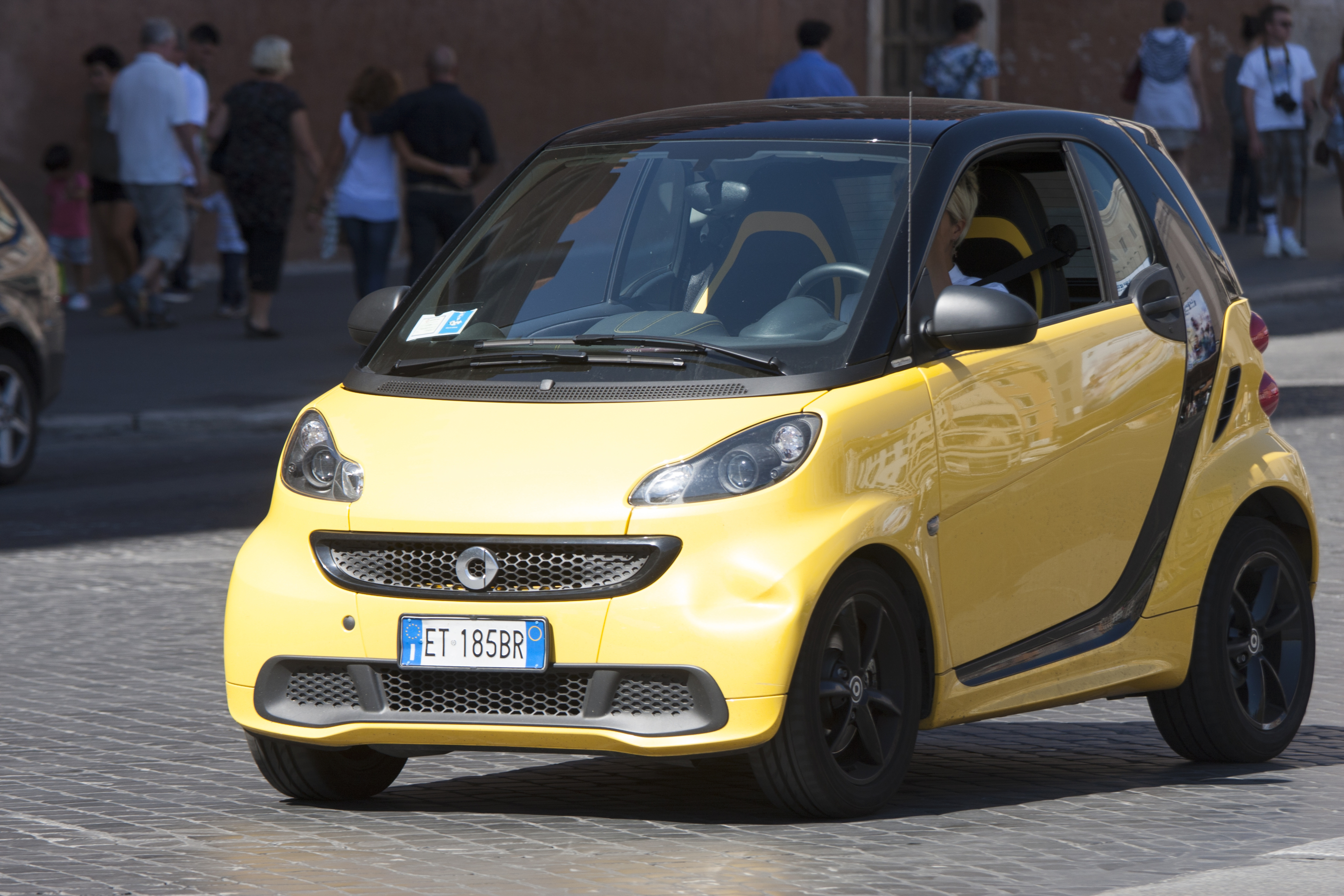
Self-driving cars powered by 5G are some way off, but when paired with a network capable of supporting millions of connected devices, they promise to be considerably more efficient than vehicles are currently. 5G navigation will allow for rapid and direct travel to a destination, and road blocks and delays will be avoided and reduced (preventing cars queues releasing toxic fumes). Maintenance operators would be alerted about damage to road surfaces immediately by sensors in cars or surrounding infrastructure, again, improving efficiency.
6. Food production and consumption
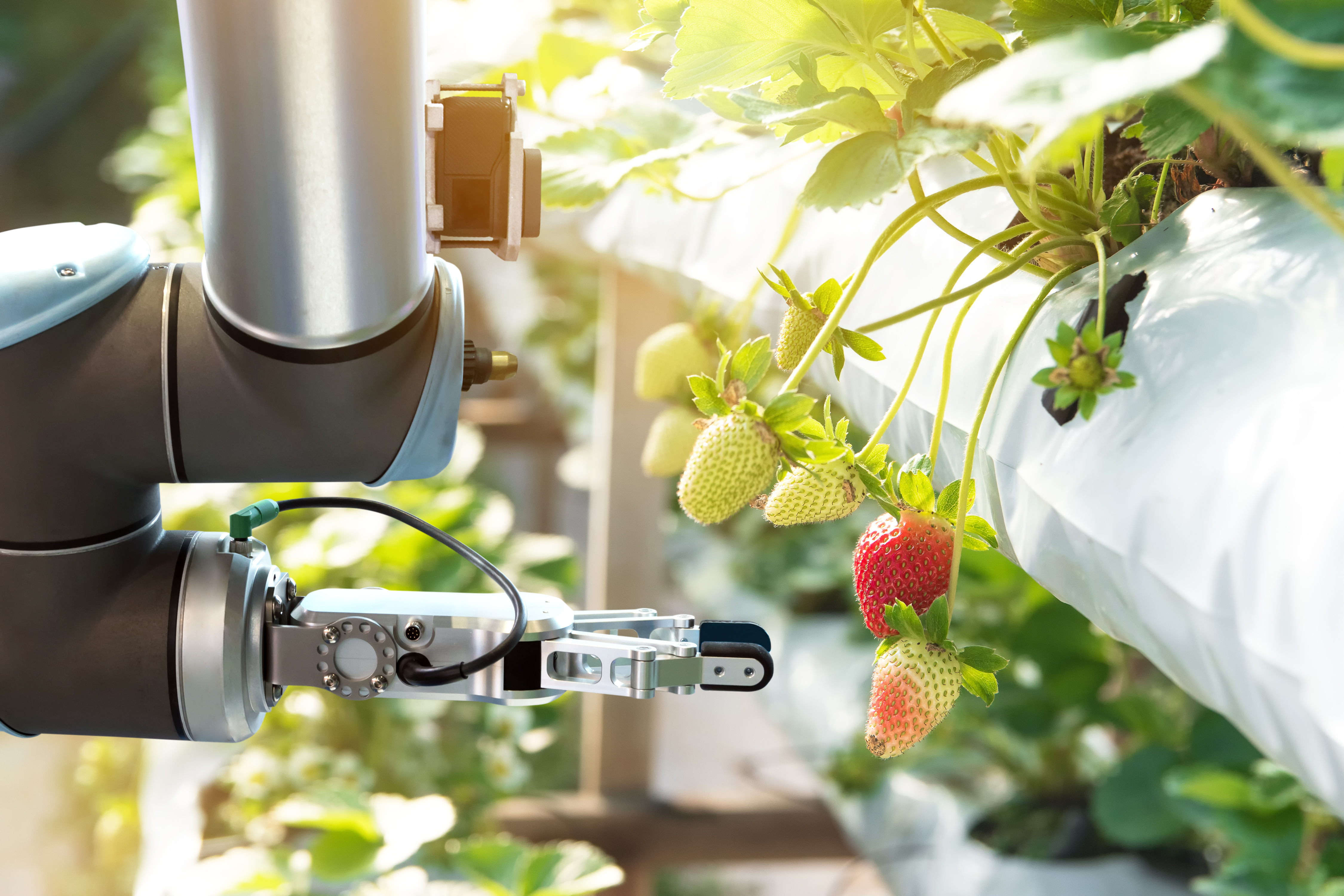
As mentioned, 5G sensors in the soil will be able to monitor moisture levels, meaning less water is wasted on crops, but these sensors will also be able to assess whether crops have received enough or too much sunlight. They will be able to check for the right balance of nutrients in the soil, and whether plants are wilting, thereby preventing them from spoiling. Bought produce might be chipped with sensors meaning householders are alerted to purchased food stuff in the fridge or cupboard that is reaching its best before date (if these are IoT connected). This would prevent food wastage (According to a report by the Food and Agriculture Organization of the United Nations, about a third of food produced for our consumption is lost or wasted—including over 40% of fruit and vegetables).
7. Air quality

The UN argues that by 2050, 68% of the population will live in dense urban areas resulting in more waste, congestion and pollution. With the help of sensors scattered throughout a smart city infrastructure (attached to street lamps, buildings or road signs for example), councils will be able to leverage a meaningful air-quality system using real-time accurate data. This can be used to manage pollution hotspots. Air-purifier systems, likely installed in smart buildings, vehicles and consumer devices, can also be connected to 5G sensors detecting particles in the air.
8. Building efficiency
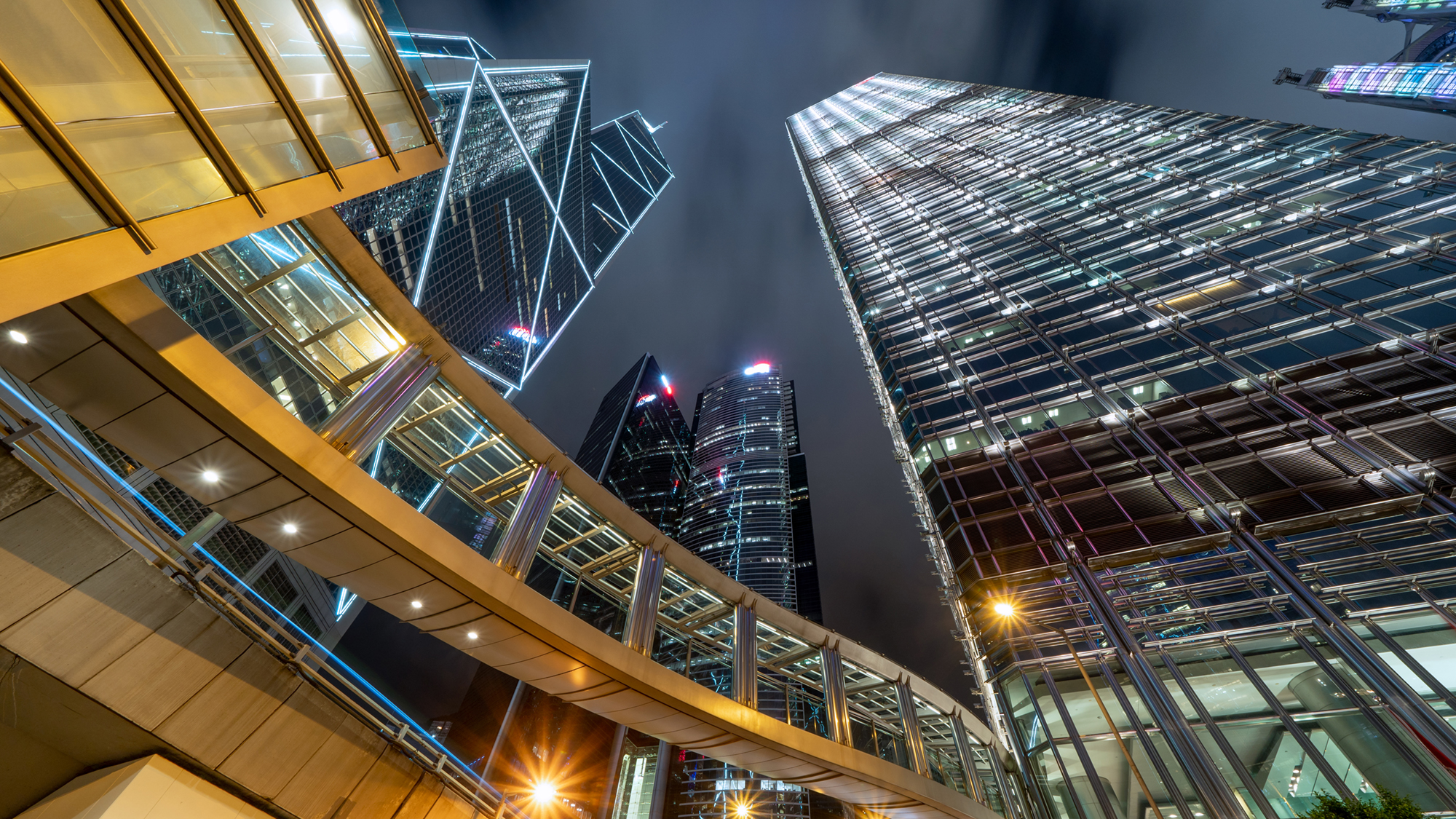
Much of the world’s energy is used by buildings, and designs incorporating 5G sensors can significantly reduce energy use. Lighting, heating, cooling and other operations can be allocated according to need, with energy generated by the building itself (via solar for example, again redistributed according to need). In offices, 5G can be combined with big data and AI to create patterns from workers’ footfall to determine when it should adjust lighting, heating or air conditioning. Resource intensive buildings like hospitals can also make use of 5G sensors and AI to help with critical care based on historical patterns. This might also be useful in a sprawling university or corporate campus where there are many multi-purpose buildings. In addition, IoT devices will know people have left the building and override any fixed times to shut the lights out for example.
9. Smart meters

A 5G connected meter infrastructure will reduce power outages and electrical spikes and help consumers lower monthly energy bills, providing access to gas, electric and water readouts through remote mobile devices. Home energy management systems connected to smart meters will allow householders to modify their utility use. The European Commission estimates that approximately 200 million electricity smart meters, and 45 million gas meters will be rolled out by 2020, catering to 72% of electricity customers and 40% of gas customers.
10. The infrastructure itself
This is a controversial one since a 5G infrastructure will require more devices, more small-cell transmitters and more data centres, all meaning an increase in use of resources and energy consumption. Some reports estimate that the ICT industry’s per cent of worldwide emissions could jump from 3% currently to 14% by 2040 - an undesirable outcome. However, most network companies are designing and building components with dramatically increased efficiency in mind. Huawei has already built several 5G base stations in China that use power management software and require fewer heat-generating electronic components - these use 20 per cent less electricity than 4G stations. Similarly, 5G can manage solar power or liquid cooling within a base station according to need and some European companies have reduced CO2 emissions by up to 80% in this way according to an article in The Atlantic. 5G will make use of sleep modes in down time, and analytics and AI can be used to model power use.
Nicola Brittain is a freelance journalist with expertise in technology, telecoms, media and finance. She worked as news and analysis editor at Computing Magazine, and more recently has freelanced for Diginomica, Investment Week and Portfolio Adviser. She is currently writing a novel.

